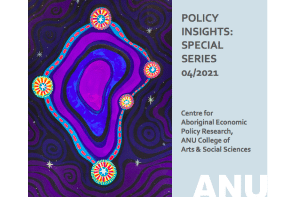Since 2006, Aboriginal land in the Northern Territory (NT) has been subject to a range of land tenure reforms, mostly government-initiated. The most momentous are three different leasing regimes that apply to remote communities – s. 19 leasing over individual lots, and two different forms of township leasing over whole communities. These reforms have modified the rights of Aboriginal traditional owners and reframed their relationship to community residents; impacted on the role and jurisdiction of the land councils and created and funded new land rights institutions; and resulted in a significant new rental stream for Aboriginal landowners.
This paper examines the extensive and varied impacts of these three leasing models on the governance of the land rights system and remote communities, and the changing governance dynamic between traditional owners and community residents. These governance impacts are invisible in official discourse, as are the voices of Aboriginal people themselves.
This paper first summarises the external governance environment that shaped the reforms, demonstrating that land tenure reform in the NT since 2006 has largely been a tool of government, not a tool for Aboriginal landowners. However, the most recent of the three leasing reforms – community-entity township leasing – represents a departure from this unilateral approach by government as it was initiated by Aboriginal interests and appears to be a welcome option for some traditional owners and community residents. The paper comments on both the process of the tenure reforms as well as their outcomes.
10.25911/YRS9-Y059
978-1-925286-60-1




